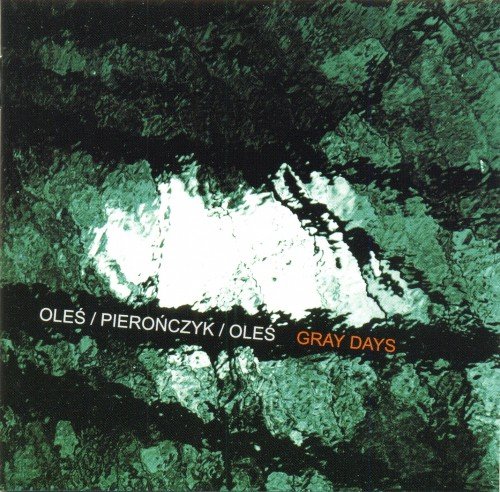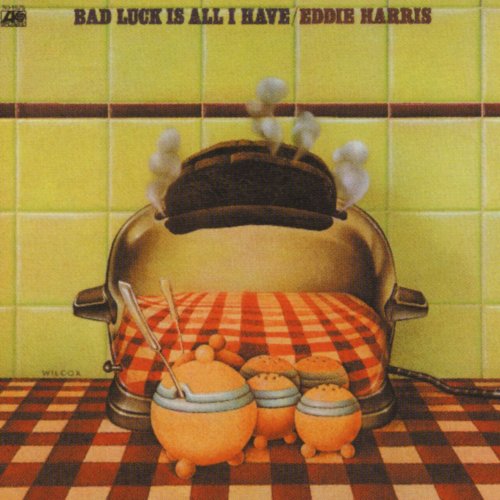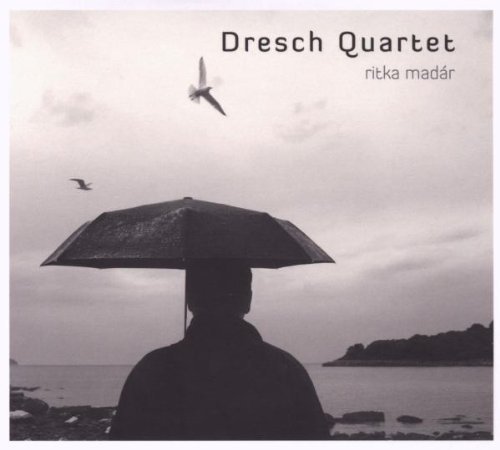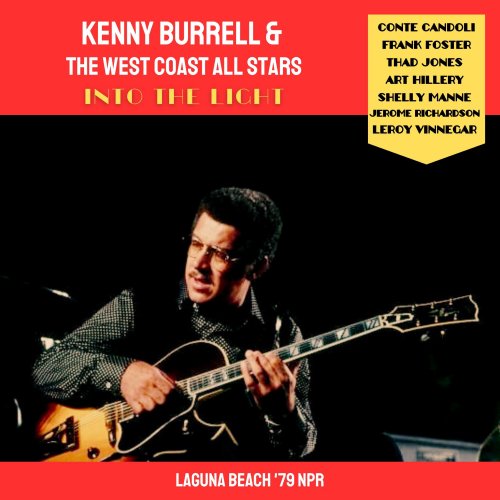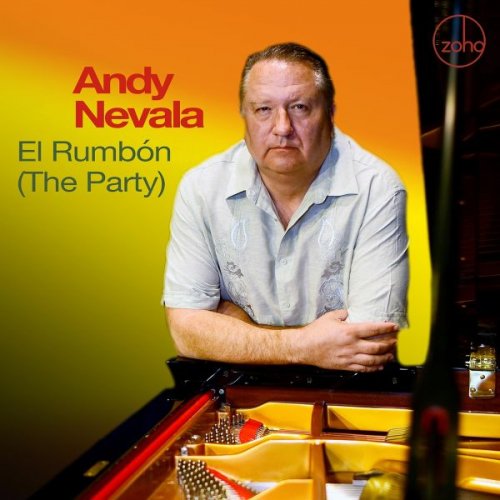Albert Ayler Quartet - Copenhagen Live 1964 (2017)
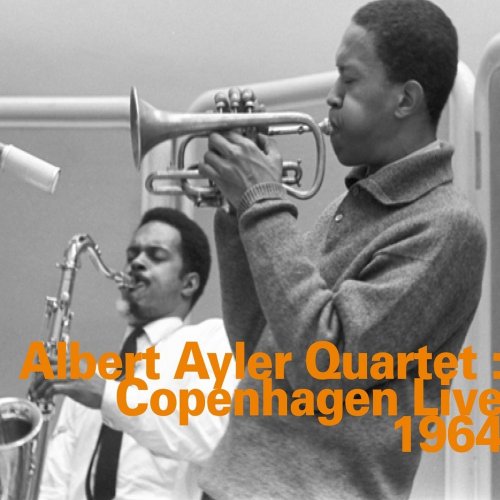
Artist: Albert Ayler Quartet
Title: Copenhagen Live 1964
Year Of Release: 2017
Label: hatOLOGY
Genre: Free Jazz
Quality: FLAC (tracks+.cue, log)
Total Time: 43:39
Total Size: 261 MB
WebSite: Album Preview
Tracklist: Title: Copenhagen Live 1964
Year Of Release: 2017
Label: hatOLOGY
Genre: Free Jazz
Quality: FLAC (tracks+.cue, log)
Total Time: 43:39
Total Size: 261 MB
WebSite: Album Preview
01. Spirits, 1 (Live) (8:45)
02. Vibrations (Live) (8:14)
03. Saints (Live) (9:00)
04. Mothers (Live) (7:42)
05. Children (Live) (8:39)
06. Spirits, 2 (Live) (1:19)
“I remember one night in Stockholm, I started to play what was in my soul. The promoter pulled me off the stage. Two years later I was back with my own group- Cherry, Murray, Pea- cock. The promoter woke up. He didn’t pull me off the stage that time.” Albert Ayler’s beatific con- quest of Europe was a pragmatic if piece- meal one with inroads made over the span of years rather than weeks or months. That gradual path to qualified acceptance can sometimes be difficult to ken given the saxophonist’s 21st century stature in the free jazz firmament, but Ayler still carries a prevailing image of equanimous icono- clast. His persona is often draped in the attire of the outsider, unfathomable and threatening to the status quo - not of this world. In a controversial allegory he was deified as the Holy Ghost to the Father and Son, John Coltrane and Pharoah Sanders, respectively. One of the cultural coups of jazz was the appropriation of European instruments as a means of African-Ameri- can expression. A process saxophonist and Ayler acolyte Frank Lowe once equat- ed with translating his grandmother’s field holler through his tenor saxophone. Ayler did it one better by additionally annexing European folk themes as ebullient binding agents for his singular explorations into what was known at the time as Great Black Music.
Ayler’s affinity for Europe first took soil during an Army hitch in France in 1959. Several years later after an inter- val home in the States he settled in Sweden, making his first commercial recordings in the company of Scandinavian musi- cians. The music from this period finds him reconciling a for- mative background in the Black Church, R&B and the jazz song- book with nascent attempts to circumvent such stylistic stric- tures. Ayler’s second sojourn abroad also exposed him to the region’s folk melodies, some of which would serve as embry- onic catalysts for his mature music. By 1964 he was back in Europe under the auspices of a Scandinavian tour organized in part with artistic clout gained through iconic albums for the ESP imprint.
Gary Peacock and Sunny Murray were stalwarts on several of Ayler’s efforts for ESP, a series that included the epochal albums Spiritual Unityand Prophecy. Ayler first con- nected with Murray at a Cecil Taylor concert at Club Montmarte in 1962, seeking the drummer and saxophonist Jimmy Lyons out after the gig. Many years later Murray recalled the introduc- tion as immediately amicable with Ayler enthusiastically admit- ting, “You’re the guys I’ve been waiting for.” Periodic dates with the Taylor Unit ensued and although Ayler was never added as a regular member a mutual-admiration society was swiftly ratified such that Murray was a natural choice as band mate when Ayler’s ESP deal was inked.
Peacock found his way to the fold through overlapping asso- ciations as well and as with Murray, the bassist harbors fond memories of Ayler’s sincerity, creative expression and generosity. Don Cherry was the newest member of the ensemble, but another inspired fit and no novice to European peregrinations having joined Sonny Rollins’ band several years earlier on a tour of select cities. Together, the three musicians constituted an arguable apogee in the arc of Ayler’s career. Later ensembles containing lesser if no less loyal players would lean closer to a leader-plus-disciples relationship. In the company of Cherry, Peacock and Murray, Ayler found a cadre of equals with the singular skills to carry his music to a rarified level.
Regardless of the kinship and caliber of the players, what is taken today as given and gospel back then was not. During Ayler’s lifetime his exalted status was far from fixed and he frequently found himself at the center of controversy alongside his forward-thinking peers. John Coltrane and Eric Dolphy had taken their critical lumps from the brow-creased parti- sans in the jazz press, but Ayler’s inventions operated on another level of estrangement. Similarities to the polyphonic choruses of traditional jazz were present in his music, but plied in an emancipated manner outside con- ventional melody, harmony and rhythm. Ayler would later internalize some of these criticisms and opt to tack his music along more commercial vectors to mixed results.
As a single entry in the saxophonist’s prismatic discography, the Café Montmarte gig makes for curious litmus in measuring the continu- um of public receptivity. Dexter Gordon, a high priest of bebop tenor saxo- phone, had recently finished a summer residency at the club, much of it broadcast on Danish Radio with select slices later released as a series of albums. The club’s patronage was well-versed in the pleasures of conven- tional American jazz royalty with other tenorists like Stan Getz and Ben Webster also regular draws. Yet Taylor’s trio had played the club less than two years earlier and with Ayler in tow. Earlier dates on the ‘64 tour had been met with outright ire and opprobrium. Peacock remembers bottles being lobbed at the band by an angry audience in France. All of which leads to the question of what was made of Ayler’s quartet when it hit the Danish stand.
The program is indicative of a customary set by the band, which is to say unlike any other music of the time. Ayler continues a practice of elemental one-word composition titles with pieces like the tender “Mothers,” itself a recasting of the old spiritual “Sometimes I Feel Like a Motherless Child”. There Ayler pulls out his vibrato stops from the start, drenching the audience in a warm current of matriarchally- minded pathos. Cherry acts as a strong can- tilevering presence, anchoring Ayler’s energy and interpolating his own freedom. It’s as if the two have slipped the pinions of temporal order and entered their own private plane.
The saxophonist’s command of timbre and inflection is in full display on the cen- terpieces “Vibrations” and “Saints”. Both are performances that present Peacock as a minor revelation, particularly well preserved in the sonic strata and caressing and then pummeling his bass with a prodigious technique that pro- pels him almost instantly to the vanguard of practitioners on his instrument. Murray reins in his customary moaning heard elsewhere, carv- ing out oblique, pulse-driven patterns that res- olutely resist meter and refuse to be nailed down. Salvos through the signature piece “Spir- its” bookend the set, the second trailing off into regrettable silence after only a minute-and-a- half.
Ayler’s struggles while finding acceptance for his art are well-documented, but there are also anecdotes that con- tradict the romantic notion of the saxophonist as someone completely ostracized by the jazz establishment. Edifying anec- dotes reveal that expatriate jazz elders like Dixieland clarinetist Albert Nicholas, and swing-era saxophonists Don Byas and Illi- nois Jacquet were among Ayler’s admirers. Perseverance paid off and a return trip to Europe in 1966 with a completely differ- ent ensemble was met with comparative adulation.
In period interviews Ayler speaks candidly and passionately about setbacks, frustrations and a desire to have his work appreciated on its own terms. He repeatedly refers to himself as but a vessel through which the music finds ingress into the world. This current runs contrary to his obvious desires for success and remuneration for his efforts. It’s a case of the metaphysical and materialistic seeking some sort of equilibrium, and one of the many lasting philosophical puz- zles uncovered by Ayler’s art.
Ayler’s affinity for Europe first took soil during an Army hitch in France in 1959. Several years later after an inter- val home in the States he settled in Sweden, making his first commercial recordings in the company of Scandinavian musi- cians. The music from this period finds him reconciling a for- mative background in the Black Church, R&B and the jazz song- book with nascent attempts to circumvent such stylistic stric- tures. Ayler’s second sojourn abroad also exposed him to the region’s folk melodies, some of which would serve as embry- onic catalysts for his mature music. By 1964 he was back in Europe under the auspices of a Scandinavian tour organized in part with artistic clout gained through iconic albums for the ESP imprint.
Gary Peacock and Sunny Murray were stalwarts on several of Ayler’s efforts for ESP, a series that included the epochal albums Spiritual Unityand Prophecy. Ayler first con- nected with Murray at a Cecil Taylor concert at Club Montmarte in 1962, seeking the drummer and saxophonist Jimmy Lyons out after the gig. Many years later Murray recalled the introduc- tion as immediately amicable with Ayler enthusiastically admit- ting, “You’re the guys I’ve been waiting for.” Periodic dates with the Taylor Unit ensued and although Ayler was never added as a regular member a mutual-admiration society was swiftly ratified such that Murray was a natural choice as band mate when Ayler’s ESP deal was inked.
Peacock found his way to the fold through overlapping asso- ciations as well and as with Murray, the bassist harbors fond memories of Ayler’s sincerity, creative expression and generosity. Don Cherry was the newest member of the ensemble, but another inspired fit and no novice to European peregrinations having joined Sonny Rollins’ band several years earlier on a tour of select cities. Together, the three musicians constituted an arguable apogee in the arc of Ayler’s career. Later ensembles containing lesser if no less loyal players would lean closer to a leader-plus-disciples relationship. In the company of Cherry, Peacock and Murray, Ayler found a cadre of equals with the singular skills to carry his music to a rarified level.
Regardless of the kinship and caliber of the players, what is taken today as given and gospel back then was not. During Ayler’s lifetime his exalted status was far from fixed and he frequently found himself at the center of controversy alongside his forward-thinking peers. John Coltrane and Eric Dolphy had taken their critical lumps from the brow-creased parti- sans in the jazz press, but Ayler’s inventions operated on another level of estrangement. Similarities to the polyphonic choruses of traditional jazz were present in his music, but plied in an emancipated manner outside con- ventional melody, harmony and rhythm. Ayler would later internalize some of these criticisms and opt to tack his music along more commercial vectors to mixed results.
As a single entry in the saxophonist’s prismatic discography, the Café Montmarte gig makes for curious litmus in measuring the continu- um of public receptivity. Dexter Gordon, a high priest of bebop tenor saxo- phone, had recently finished a summer residency at the club, much of it broadcast on Danish Radio with select slices later released as a series of albums. The club’s patronage was well-versed in the pleasures of conven- tional American jazz royalty with other tenorists like Stan Getz and Ben Webster also regular draws. Yet Taylor’s trio had played the club less than two years earlier and with Ayler in tow. Earlier dates on the ‘64 tour had been met with outright ire and opprobrium. Peacock remembers bottles being lobbed at the band by an angry audience in France. All of which leads to the question of what was made of Ayler’s quartet when it hit the Danish stand.
The program is indicative of a customary set by the band, which is to say unlike any other music of the time. Ayler continues a practice of elemental one-word composition titles with pieces like the tender “Mothers,” itself a recasting of the old spiritual “Sometimes I Feel Like a Motherless Child”. There Ayler pulls out his vibrato stops from the start, drenching the audience in a warm current of matriarchally- minded pathos. Cherry acts as a strong can- tilevering presence, anchoring Ayler’s energy and interpolating his own freedom. It’s as if the two have slipped the pinions of temporal order and entered their own private plane.
The saxophonist’s command of timbre and inflection is in full display on the cen- terpieces “Vibrations” and “Saints”. Both are performances that present Peacock as a minor revelation, particularly well preserved in the sonic strata and caressing and then pummeling his bass with a prodigious technique that pro- pels him almost instantly to the vanguard of practitioners on his instrument. Murray reins in his customary moaning heard elsewhere, carv- ing out oblique, pulse-driven patterns that res- olutely resist meter and refuse to be nailed down. Salvos through the signature piece “Spir- its” bookend the set, the second trailing off into regrettable silence after only a minute-and-a- half.
Ayler’s struggles while finding acceptance for his art are well-documented, but there are also anecdotes that con- tradict the romantic notion of the saxophonist as someone completely ostracized by the jazz establishment. Edifying anec- dotes reveal that expatriate jazz elders like Dixieland clarinetist Albert Nicholas, and swing-era saxophonists Don Byas and Illi- nois Jacquet were among Ayler’s admirers. Perseverance paid off and a return trip to Europe in 1966 with a completely differ- ent ensemble was met with comparative adulation.
In period interviews Ayler speaks candidly and passionately about setbacks, frustrations and a desire to have his work appreciated on its own terms. He repeatedly refers to himself as but a vessel through which the music finds ingress into the world. This current runs contrary to his obvious desires for success and remuneration for his efforts. It’s a case of the metaphysical and materialistic seeking some sort of equilibrium, and one of the many lasting philosophical puz- zles uncovered by Ayler’s art.
![Rafael Riqueni - Nerja (2025) [Hi-Res] Rafael Riqueni - Nerja (2025) [Hi-Res]](https://www.dibpic.com/uploads/posts/2026-01/1768128135_qy2pif80oj6rgensavcl1j1kb.jpg)
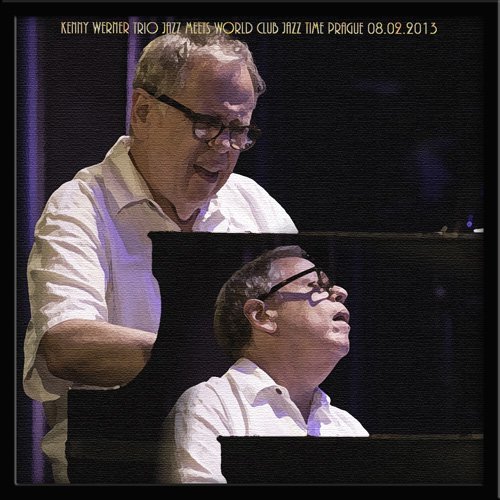
![Berlin Psalm Projekt - The Heavens Declare (2026) [Hi-Res] Berlin Psalm Projekt - The Heavens Declare (2026) [Hi-Res]](https://www.dibpic.com/uploads/posts/2026-01/1767944461_vwe9478zlu24v_600.jpg)
